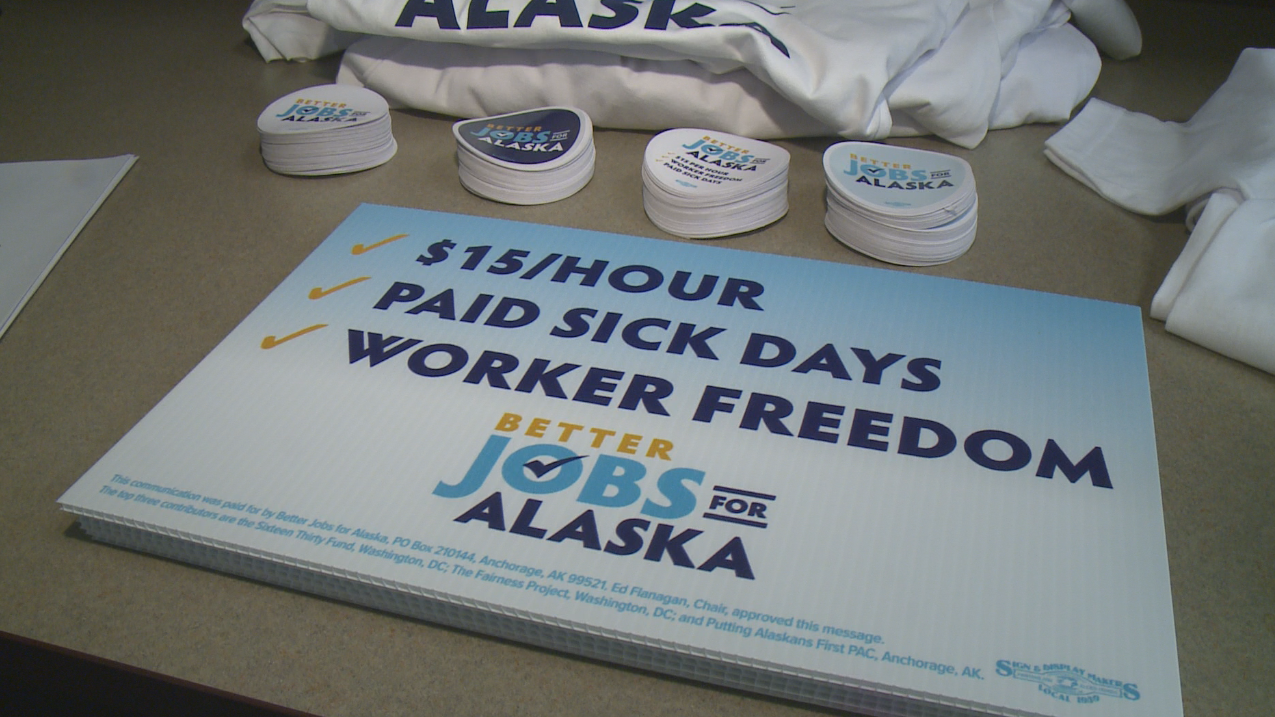In a significant move, the U.S. Department of Labor (DOL) recently unveiled its long-awaited Final Rule on Employee or Independent Contractor Classification under the Fair Labor Standards Act (FLSA). Effective March 11, 2024, this rule replaces the 2021 Independent Contractor Old Rule, signaling a shift in determining worker classification. This rule aims to minimize the risk of misclassifying employees as independent contractors and provides a consistent approach for businesses engaging with individuals in business for themselves.
The Old Rule vs. The Final Rule
The old rule considered five factors when determining if a person was an independent contractor, with the first two carrying more weight:
- The nature and degree of control an employer has over a worker’s work
- The individual’s opportunity for profit or loss.
- The degree of permanence of the work relationship
- The amount of skill and initiative
- Whether work performed is integral to the employer’s business.
The Final Rule
The Final Rule returns to the original six-factor analysis using a “totality of the circumstances” approach, meaning no factor carries more weight than any other factor. The six factors to be considered when determining whether an individual is appropriately classified as an employee or independent contractor now include:
- Opportunity for Profit or Loss: Depending on managerial skill.
- Investments: Both by the worker and the employer.
- Degree of Permanence: In the work relationship.
- Nature and Degree of Control: Exercised over the worker.
- Integral Work: Whether the work performed is integral to the employer’s business.
- Skill and Initiative: Demonstrated by the worker.
The Final Rule introduces several enhancements and clarifications:
- Degree of Control Clarification: Actions taken by the employer to comply with laws do not indicate control, providing clarity on compliance efforts.
- Exclusivity in Permanency: Emphasizes exclusivity in the permanency factor, urging employers to evaluate the exclusivity of their relationships with independent contractors.
- Initiative in Skill Factor: Additional analysis on initiative within the skill factor, emphasizing the independent initiative involved in the work.
- Integral to the Employer’s Business: Focuses on whether the work is integral to the employer’s business, departing from the concept of an “integrated unit of production.”
Implications for Employers
The Final Rule significantly impacts the gig economy because app-based platforms have typically classified their delivery drivers and other gig workers as independent contractors. Freelance workers or consultants such as writers, musicians, IT professionals, trainers, and others whose work is project-based may be similarly affected.
- Use the Economic Realities Test: Apply the economic realities test, giving equal weight to all six factors when determining worker classification.
- Evaluate Control, Exclusivity, and Initiative: Scrutinize the degree of control over independent contractors, assess the exclusivity of working relationships, and consider the independent initiative involved.
- Re-evaluate Workforce: Before the Final Rule’s March 11, 2024, effective date, re-evaluate your workforce to ensure correct worker classification, making necessary adjustments.
How can we help?
Former independent contractor workers may now have to be placed on your payroll. These workers may need to record their hours worked to provide accountability and compliance. Time Equipment Company provides various methods to handle your needs, including traditional time cards, worksheets, or allocation sheets, to name a few.
For more information, contact Time Equipment Company at 800-997-8463 or sales@timeequipment.com
*This information simplifies complex Acts as Time Equipment Company understands it. It is not to be taken as legal advice. The regulations for this program are changing. For further information, contact the U.S. Department of Labor.










